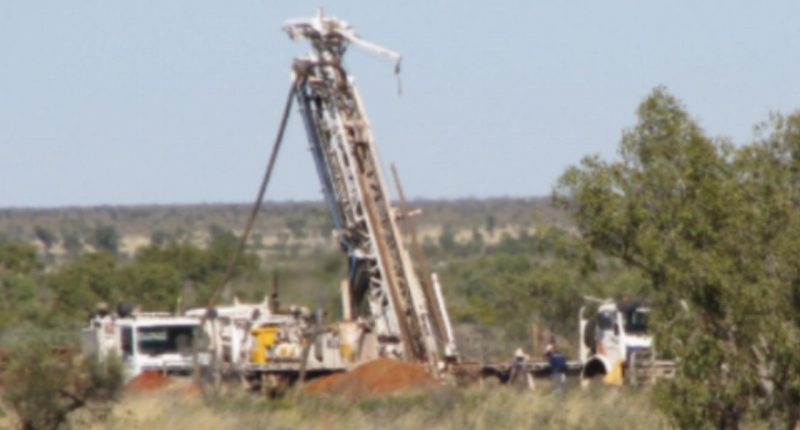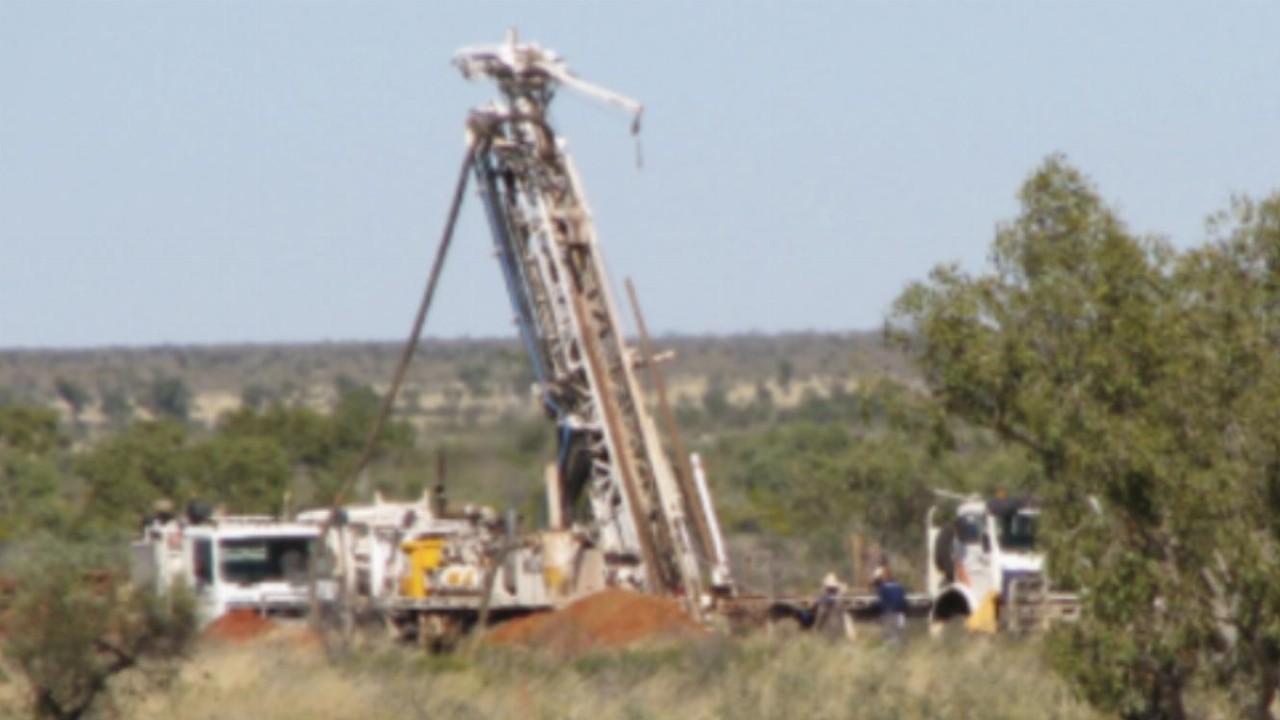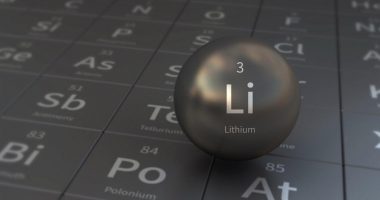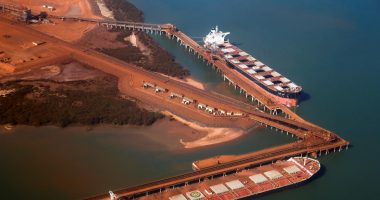- Metallurgical results from Castile Resources (CST) Rover 1 Project in the Northern Territory shows magnetite is contained within the ore
- A large scale bulk flotation test was completed as part of the metallurgical testing to determine the percentage of contained metals
- Gold and copper are the key minerals, with by-products cobalt and bismuth, but the company says magnetite could provide an additional revenue stream
- Further assessments are planned to further assess the recoveries, quantity and purity of the magnetite
- Shares are trading up 9.52 per cent at 23 cents at 10:36 am AEST
Metallurgical results from Castile Resources (CST) Rover 1 Project in the Northern Territory have shown magnetite is contained within the ore.
A large scale bulk flotation test was completed by METS Engineering as part of the project’s mining and processing studies, and was designed to determine the percentage of contained metals.
While the two key minerals are gold and copper, with by-products cobalt and bismuth, the company is encouraged by the identification of magnetite.
The testing reportedly returned significant quantities of a low impurity, high quality magnetite contained within the ore.
CST explained that when processed, this specific type of magnetite became a density modifying industrial mineral in the beneficiation process in the coal industry and it has the potential to receive a premium price compared to standard magnetite ores.
Commenting on the results, Managing Director Mark Hepburn said the find could be the “jewel in the crown” of the by-products.
“It’s great that we can turn what is essentially a ‘waste’ product into a significant income stream which not only enhances our economics, but also greatly reduces our environmental footprint,” Mr Hepburn said.
METS Engineering is set to carry out a low intensity magnetic separation test to further assess the recoveries, quantity and purity of the magnetite.
In regards to the gold recovery, the tests show that 21.4 per cent of the contained gold can be extracted through an upfront gravity circuit and 72.4 per cent floats, bringing the total recovery to 93.8 per cent.
CST said a portion of the remaining gold could be extracted using carbon in leach processing and the company planned to assess the cost benefit of this.
Copper recovery was 97.8 per cent from the bulk flotation, which CST notes as an extremely high result.
Forward metallurgy studies will focus on producing an optimal copper concentrate product for sale to offshore smelters. Further studies are planned to assess the economics of producing a pure copper plate product for sale in Australia.
Finally, the study shows that Rover 1 may produce cobalt and bismuth in seperate concentrates at commercial levels with recovery at 88 per cent and 89.7 per cent respectively.
The company anticipates these products to have a positive impact on the economics of the mining and modelling studies underway.
Shares were trading up 9.52 per cent at 23 cents at 10:36 am AEST.








